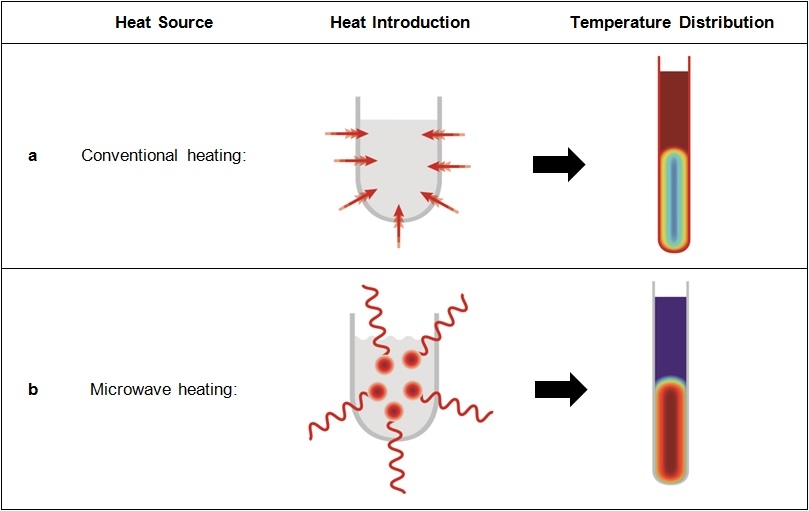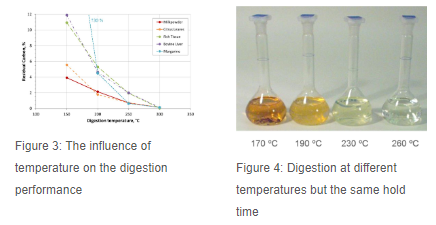Prime Scientific - Microwave Digestion Systems: Better and Faster Sample Preparation
Acid chemical digestion is one of the most important sample preparation techniques. Analytical equipment capable of determining trace element concentrations require a clear, particle-free solution.

Using concentrated acids or mixtures thereof, the compositions of organic and inorganic samples can be completely destroyed or dissolved, and the entire sample can be swept into solution. Then, the concentration of the elements can be determined using the appropriate analytical technique, for example AAS (atomic absorption spectrometry), MIP-OES (microwave-induced plasma optical emission spectrometry), ICP-OES (inductively coupled optical emission spectrometry) or ICP-MS (inductively coupled plasma mass spectrometry).
Why Microwaves Are Better?

According to Arrhenius' law, increasing the temperature with pressure leads to a doubling of the reaction rate, and the microwave device digests the samples inside a closed and pressurized container, which reduces the reaction rate from hours to less than an hour, and with fewer losses
With microwaves, electromagnetic energy is converted to thermal energy very efficiently and results in very fast heating rates - these heating rates cannot be replicated with conventional heating. Where, in conventional heating, the heat comes from outside and goes into the reaction mixture by convection currents (which causes the vessel wall to be very hot), the microwaves pass through the (almost) transparent vessel wall and heat the reaction mixture on a molecular basis - by directly interacting with molecules.

According to the Arrhenius equation, an increase in temperature will reduce the reaction time. This is why microwaves shorten digestion time: the ultra-rapid heating effect of microwaves, instant on/off and improved workflow lead to a huge time-saving effect. A higher temperature also increases the possibility of acid oxidation, which positively affects the quality of digestion, since an increase in temperature leads to a decrease in the amount of residual carbon. The residual carbon content is a good marker to describe the digestion performance as it will result in less interference during the analysis.
Despite the many developments in recent years, sample preparation is still often a bottleneck in the analytical workflow, taking more than 60% of the time needed from sampling to the final result. However, thanks to microwave sample preparation, compared to open heating techniques, the preparation time is significantly shorter as higher temperature is associated with shorter digestion time. There are different systems available for microwave-assisted sample preparation. These differ in technology and in the cavity design used and provide different levels of sample throughput.

To learn more about microwave digestion, you can scan the QR code and Download "A Chemist's Guide to Sample Preparation" book

References:
Https://wiki.anton-paar.com/en/microwave-assisted-sample-preparation/
Prime Scientific
Prime Scientific provides equipment, instruments and other related products and materials. We aim to be a one stop shop for all our customers laboratory needs. Since 2001, Prime has strived to provide the best services and solutions to the scientific community in the region.